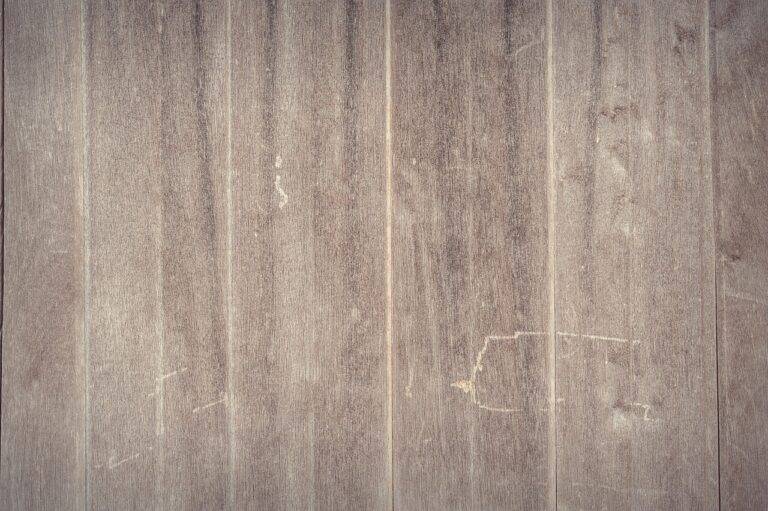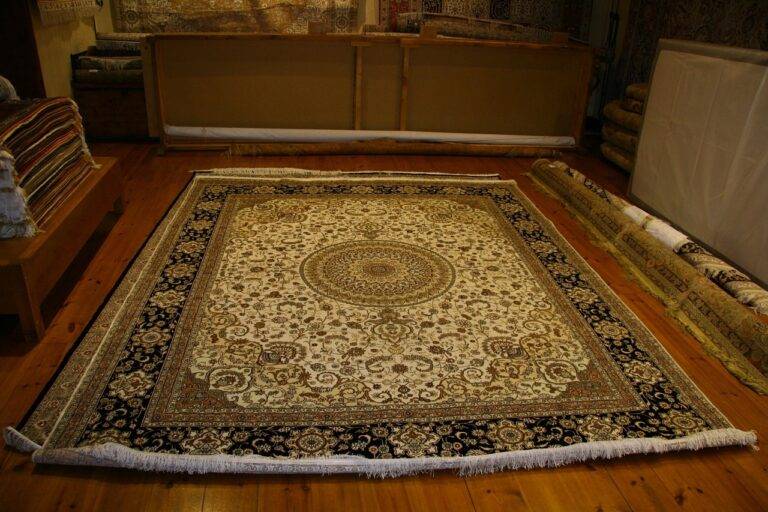Budget-Friendly Ways to Boost Your Home’s Energy Efficiency
When it comes to energy-efficient lighting, LED bulbs are a top choice for many homeowners. They consume significantly less energy compared to traditional incandescent bulbs, leading to cost savings over time. LED bulbs also have a longer lifespan, reducing the frequency of replacements needed.
Another option for energy-efficient lighting is compact fluorescent lamps (CFLs). These bulbs use around 75% less energy than incandescent bulbs and can last up to 10 times longer. While CFLs may have a slightly higher upfront cost compared to traditional bulbs, the long-term energy savings make them a worthwhile investment for eco-conscious consumers.
Insulating your windows and doors
Windows and doors are common areas where heat can escape from your home during the winter months. Without proper insulation, drafts can sneak in, making your heating system work harder to maintain a comfortable temperature indoors. To prevent this energy loss, consider adding weatherstripping around windows and doors to create a tight seal. This simple and cost-effective solution can help reduce heat loss and improve the overall energy efficiency of your home.
In addition to weatherstripping, installing insulated curtains or blinds can also help to improve the insulation of your windows. These window treatments act as an extra barrier against drafts and can help to regulate the temperature inside your home. By taking these steps to insulate your windows and doors, you can create a more comfortable living environment while also lowering your energy bills.
Sealing air leaks in your home
One common source of energy inefficiency in homes is air leaks. These leaks can occur around windows, doors, vents, and even electrical outlets. When these gaps are not properly sealed, they can allow hot air to escape in the winter and cold air to seep in during the summer, making your heating and cooling systems work harder to maintain a comfortable temperature inside the house.
To address air leaks in your home, it’s important to conduct a thorough inspection to identify areas where air may be leaking in or out. Common spots to check include window and door frames, baseboards, attic hatches, and around pipes and wires entering the home. Once you’ve identified these areas, you can use caulking or weatherstripping to seal the gaps and prevent air from escaping. Taking the time to properly seal air leaks in your home can not only improve energy efficiency but also enhance the overall comfort of your living space.





